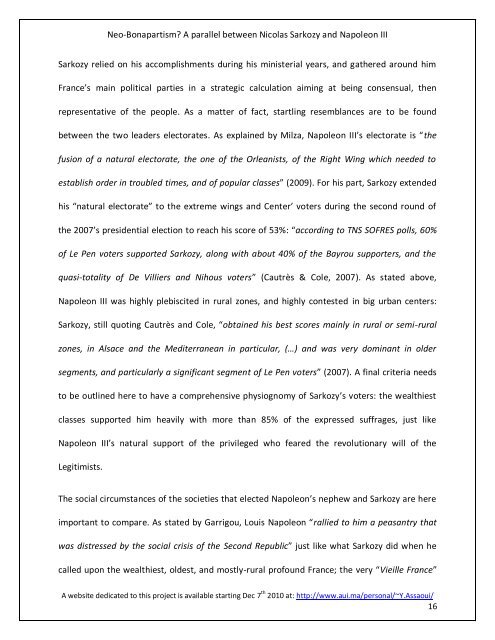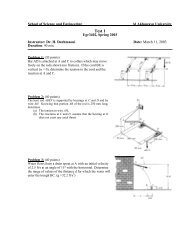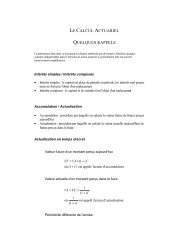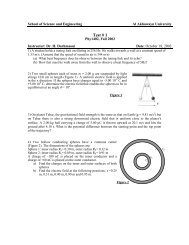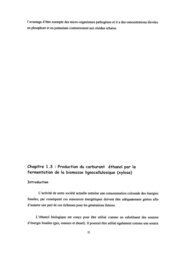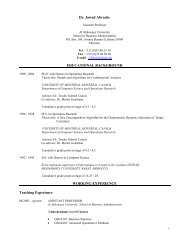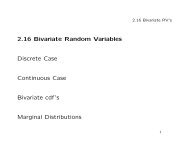Neo-Bonapartism? A parallel between Nicolas Sarkozy and ...
Neo-Bonapartism? A parallel between Nicolas Sarkozy and ...
Neo-Bonapartism? A parallel between Nicolas Sarkozy and ...
Create successful ePaper yourself
Turn your PDF publications into a flip-book with our unique Google optimized e-Paper software.
<strong>Neo</strong>-<strong>Bonapartism</strong>? A <strong>parallel</strong> <strong>between</strong> <strong>Nicolas</strong> <strong>Sarkozy</strong> <strong>and</strong> Napoleon III<br />
<strong>Sarkozy</strong> relied on his accomplishments during his ministerial years, <strong>and</strong> gathered around him<br />
France’s main political parties in a strategic calculation aiming at being consensual, then<br />
representative of the people. As a matter of fact, startling resemblances are to be found<br />
<strong>between</strong> the two leaders electorates. As explained by Milza, Napoleon III’s electorate is “the<br />
fusion of a natural electorate, the one of the Orleanists, of the Right Wing which needed to<br />
establish order in troubled times, <strong>and</strong> of popular classes” (2009). For his part, <strong>Sarkozy</strong> extended<br />
his “natural electorate” to the extreme wings <strong>and</strong> Center’ voters during the second round of<br />
the 2007’s presidential election to reach his score of 53%: “according to TNS SOFRES polls, 60%<br />
of Le Pen voters supported <strong>Sarkozy</strong>, along with about 40% of the Bayrou supporters, <strong>and</strong> the<br />
quasi-totality of De Villiers <strong>and</strong> Nihous voters” (Cautrès & Cole, 2007). As stated above,<br />
Napoleon III was highly plebiscited in rural zones, <strong>and</strong> highly contested in big urban centers:<br />
<strong>Sarkozy</strong>, still quoting Cautrès <strong>and</strong> Cole, “obtained his best scores mainly in rural or semi-rural<br />
zones, in Alsace <strong>and</strong> the Mediterranean in particular, (…) <strong>and</strong> was very dominant in older<br />
segments, <strong>and</strong> particularly a significant segment of Le Pen voters” (2007). A final criteria needs<br />
to be outlined here to have a comprehensive physiognomy of <strong>Sarkozy</strong>’s voters: the wealthiest<br />
classes supported him heavily with more than 85% of the expressed suffrages, just like<br />
Napoleon III’s natural support of the privileged who feared the revolutionary will of the<br />
Legitimists.<br />
The social circumstances of the societies that elected Napoleon’s nephew <strong>and</strong> <strong>Sarkozy</strong> are here<br />
important to compare. As stated by Garrigou, Louis Napoleon “rallied to him a peasantry that<br />
was distressed by the social crisis of the Second Republic” just like what <strong>Sarkozy</strong> did when he<br />
called upon the wealthiest, oldest, <strong>and</strong> mostly-rural profound France; the very “Vieille France”<br />
A website dedicated to this project is available starting Dec 7 th 2010 at: http://www.aui.ma/personal/~Y.Assaoui/<br />
16


